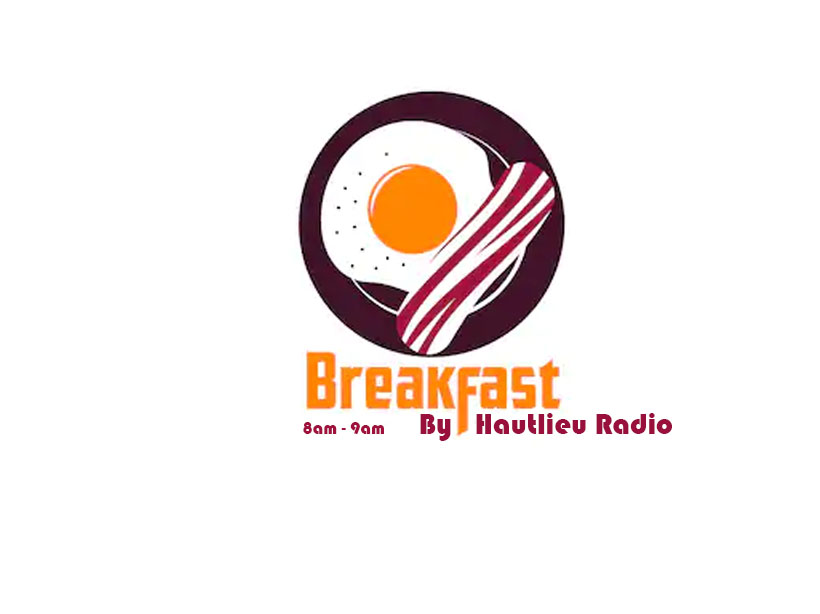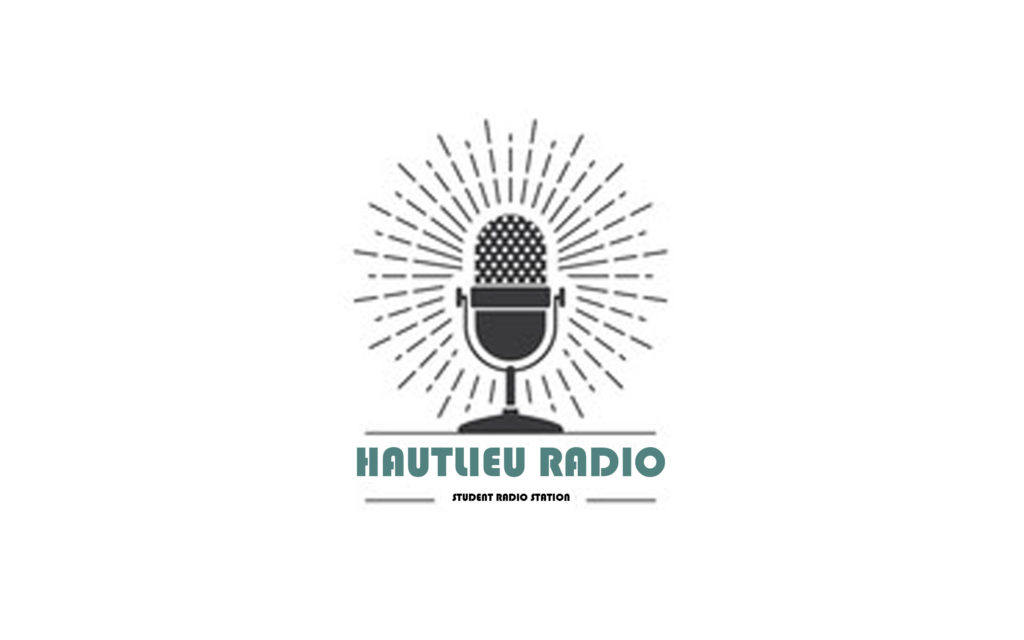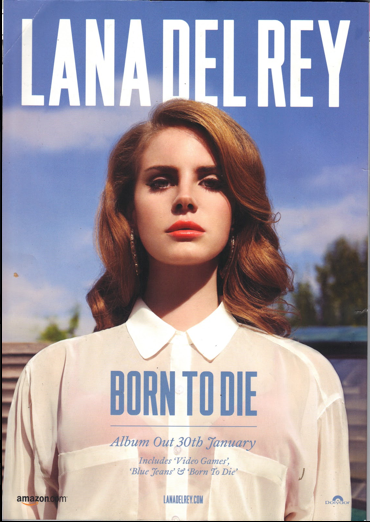
breakfast show logo



The song in my music video is by a local female artist, it is titled ‘Rehab’. My video will be about a teenage girl who is heartbroken about losing someone she loves, she goes into a downward spiral of depression and winds up being homeless. I will be showing the story from another person’s perspective, like someone else is watching the girl’s life. There will be a clear narrative structure in my production (equilibrium, disruption and new equilibrium). The opening scene of the video will be a wide shot of an empty park bench, then the girl comes into view looking upset and sits down on it carryinging all her belongings. This will set the scene, making it obvious that she is sad and also homeless. I will incorporate a circular narrative into the video, ending the video on the park bench where it started, this is to provide closure through a return of opening material rather than providing a clear conclusion, to show how she is still stuck in the same situation. My target audience is young adults, aged 18 – 25. I will target this audience by presenting the main character to be striving to escape stress which many young people can relate to. It will also show how easily someone’s life can take a turn and end up in a situation like hers, which is a growing concern in society today. I will use a range of camera angles and settings to show her journey more clearly, along with changing the pace in some scenes. Near the beginning and end I will keep the pace of the video rather slow to emphasise the equilibrium, however during the disruption when she is robbed of her belongings the pace will increase significantly.
For my advert I will be advertising an upcoming album for the artist whose song is incorporated into my music video. I have taken inspiration from one of our close study projects ‘Oh!’ while making this particular advert, keeping it very modern and minimalistic. I will include the artist’s name, the name of the album and some featured songs. Along with this I will state the platforms that the album will be able to be streamed from such as Spotify and Apple Music and the release date.
The front cover of my magazine will include a black and white image of the artist. The title will sit at the top of the page and read ‘Acoustic Weekly’ in black and red text. I will use a bold font and a sans serif text to make the title stand out. I have taken inspiration from old ‘NME’ magazines, particularly when it comes to the colour scheme. The target audience is indie/acoustic music listeners of all ages. I will use minimal language on the cover, only including concise cover lines and kickers to give a clear indication of what the articles inside entail.


![Ed Sheeran - The A Team [Official Video] - YouTube](https://i.ytimg.com/vi/UAWcs5H-qgQ/maxresdefault.jpg)
Jean Kilborne is an American public speaker, writer, filmmaker and activist who is recognised for her work on the representation of women in advertising. She explores the connections and correlations between the image of women in advertisements and health issues such as eating disorders. She has also written about how children of a young age are constantly exposed to overly graphic ideas and messages about sex through advertisments.
“Children growing up today are bombarded from a very early age with graphic messages about sex and sexiness in the media and popular culture.”


Curran and Seaton present the view that a free press relies on a free market where individual newspapers can compete through their political stances and points of view.
Analyse the ways that The i and the Daily Mail attempt to establish a distinctive identity within this free market. To what extent has this been successful? Refer to the specific edition of your case study – for both papers – as well as, on-line versions of these publications.
James curran and Jean Seaton came up with the theory of the liberal free press – this is the idea that the media should have the right to be exercised freely. In order to have a free press there must be no government interference. They argue that the media should work for the public’s interest to inform them with correct information (especially to do with the government, authority and control) and not purely in a commercial interest. Beveridge suggested ‘the work of broadcasting should be regarded as a public service for a social purpose’, which Curran and Seaton are known to support. The public wants a free market when it comes to the news, however laws have to be implemented to prevent them from publishing or broadcasting untrue or offensive information. Curran stated in his book Media and Democracy Revisited ‘The media ceased to be an agency of empowerment and rationality, and became a further means by which the public was sidelined’. However, if the government implements too many laws then the news becomes controlled by the state. Therefore it can be argued whether we have a free market or if we don’t have a free market.
Regardless, newspapers can still operate and compete through their political stances. For example, the Daily Mail, the UK tabloid news paper is known to lean to the right of the political spectrum supporting conservative ideologies. The daily mail was founded in 1896, their average daily circulation is 1,134,184 copies in addition to having 218 million website visits, making it the most highly circulated UK news paper. They are a middle market newspaper that has an audience with an average NRS social grade of ABC1, which is also the same average social grade as people that vote conservative. They are owned by a company called DMGT who also own other news platforms, one of which being a newspaper called the i. The i is a less popular broadsheet newspaper with an average daily circulation of 221,083. It was founded in 2010 but was bought by DMGT in 2019 for £49.6 million. The i writes its articles from both left and right wing perspectives, claiming to have a political stance in the middle of the spectrum. Nick Clegg, former UK prime minister and Lib-Dem leader is a columnist for the i, along with conservative columnist John Hawkins – which shows the paper provides different perspectives in current affairs. For example, the headline on the front page of the i newspaper for the 9th of november read ‘Hello, Mr president’ referencing the new US democratic president-elect Joe Biden, they are referencing the results of the election in a positive way which is considered left wing. This demonstrates that using political stances in the newspaper market has helped different companies to establish a distinctive identity.
This concentration of ownership (DMGT owning multiple newspapers) raises further questions on whether we have a free market or not. 71% of UK major newspaper tiles are owned by 4 companies, with fewer people owning many assets in one industry the public are at risk of being manipulated. As Chomsky and Said explain in their agenda setting model, the media filter and shape reality and consent is manufactured for social, economic and political policies. This concentration of ownership in the UK newspaper market can also be applied to Gramsci’s concept of hegemony, he presents his ideas on how certain cultural forms predominate over others, which means that certain ideas are more influential than others, usually in line with the dominant ideas, the dominant groups and their corresponding dominant interests.
In conclusion, the i has proved successful in establishing a distinctive identity because it is unlike others as they have a neutral perspective. We know it is successful as they have a daily circulation of 221,083 which results in a profit of 1million GBP per month. The daily mail have also proved successful competing through their right wing stance, as they are the most highly circulated UK news paper.
seaton:
‘Broadcasting in Britain – monopoly or duopoly – always depended on an assumption of commitment to an undivided public good’
‘Beveridge suggested ‘the work of broadcasting should be regarded as a public service for a social purpose’’
‘The independence of broadcasting from the state has recently been seen as the most important condition of the services accountability’
‘The interests of the government had come, by the late 1970s, to be seen as inimical to those broadcasting’
‘Without a commitment to public service, broadcasters are increasingly vulnerable to detailed political interference in the content of programmed’
Types of media ownership:
Jurgen Habermas and the concept of the Public Sphere – arguments: that the media should work in the public’s interest and not purely in a commercial interest, that mass media has reduced the effectiveness of the public sphere though the concentration of ownership, and that in order to have democracy we must have an informed and aware society. “A public sphere between the private domain and the state in which a public opinion was formed and ‘popular’ supervision of government was established”
James Curran & Jean Seaton – the theory of the liberal free press – the idea that media should have the right to be exercised freely. The public wants a free market when it comes to the news, however laws have to be implemented to prevent media platforms from publishing highly offensive and untrue information, but if the government put too many laws in place then the news becomes controlled by the state.”The media ceased to be an agency of empowerment and rationality, and became a further means by which the public was sidelined”.
Noam Chomsky – the 5 filters that manufacture consent – presents his views on how mass media works against democracy, he thinks that media selectively chooses what to publish not based on what is best for the viewer, but for their personal agenda. Propaganda model – explains how populations are manipulated and how consent is manufactured for social, economic and political policies, includes structures of ownership, the role of advertising, links with the establishment, diversionary tactics and uniting against a common enemy
Louis Althusser – interpellation & Ideological State Appraratus and the notion of interpellation. it is a theoretical concept developed by French philosopher Louis Althusser which is used to describe the way in which structures of civic society – education, culture, the arts, the family, religion, bureaucracy, administration etc serve to structure the ideological perspectives of society, which in turn form our individual subject identity.
Antonio Gramsci – the concept of hegemony / hegemonic struggle Hegemony is the leadership or dominance, especially by one state or social group over others. Gramsci suggests that power relations can be understood as a hegemonic struggle through culture. In other words, Gramsci raises the concept of Hegemony to illustrate how certain cultural forms predominate over others, which means that certain ideas are more influential than others, usually in line with the dominant ideas, the dominant groups and their corresponding dominant interests.